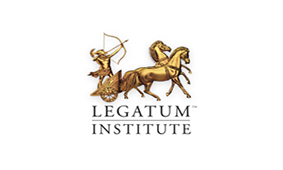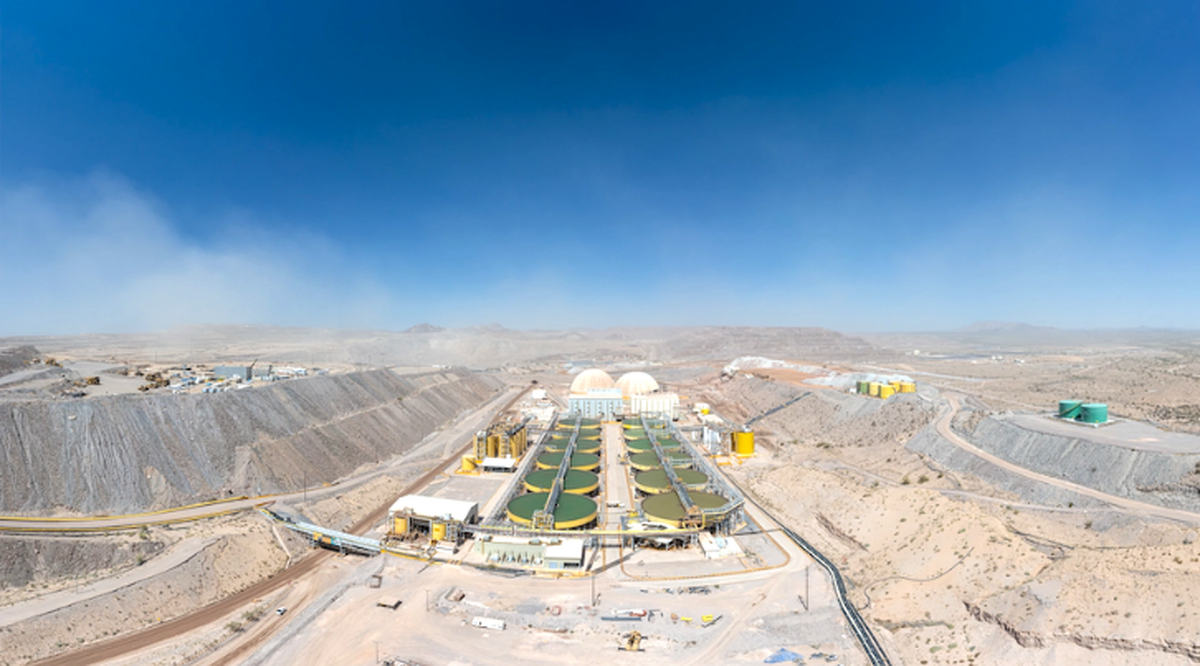
Foreign Institute Reviews Iran's Prosperity Index Over 10 Years

However, its ranking remained unchanged at 119th over the 10-year period, but dropped from last year’s 117th.
Iran was placed 14th among 19 countries in the Middle East and North Africa.
The framework of the index captures prosperity through three domains: inclusive societies, open economies and empowered people.
The Inclusive Societies domain captures the relationship structures within a society, between individuals and broader institutions, and the degree to which they either enable or obstruct societal cohesion and collective development.
These social and legal institutions are essential in protecting the fundamental freedoms of individuals and their ability to flourish. This domain rests on the pillars of safety and security, personal freedom, governance and social capital.
Inclusive Societies Domain
Iran’s overall score of Inclusive Societies domain dropped from 40 in 2009 to 39.3 in 2019. The country ranked 151 in this domain in 2019, which indicates no change compared with 10 years ago. In the MENA region, Iran ranks 14.
The safety and security pillar of Inclusive Societies domain measures the degree to which war, conflict, terror and crime have destabilized the security of individuals, both immediately and through longer lasting effects.
Iran’s score in this pillar improved from 54 in 2009 to 56.8 and the country’s ranking improved by seven places to 131 in 2019. The country’s ranking in the MENA region was 12th in the 2019 report.
The personal freedom pillar measures progress toward basic legal rights, individual liberties and social tolerance. Iran’s score rose from 15.5 in the past decade to 16.9 and its ranking improved by two places to 163. In the MENA region, the country ranked 17th among 19 countries.
The governance pillar measures the extent to which there are checks and restraints on power and whether governments operate effectively and without corruption. Iran’s score dropped from 38.8 to 38.3 over the 10 years and its ranking dropped by four places to 138 among 167 countries. The country ranked 14th in the MENA region.
The social capital pillar measures the strength of personal and social relationships, institutional trust, social norms and civic participation in a country. Iran’s score slid from 51.8 in 2009 to 45.2 in 2019 and its ranking plummeted by 71 places to 129. The country’s ranking in the MENA region was 12th.
Open Economies Domain
The Open Economies domain captures the extent to which an economy is open to competition, encourages innovation and investment, promotes business and trade, and facilitates inclusive growth.
For a society to be truly prosperous, it requires an economy that embodies these ideals. This domain rests on the pillars of investment environment, enterprise conditions, market access and infrastructure, and economic quality.
Iran’s overall score in the Open Economies domain has improved from 38.4 in 2009 to 41.2 in 2019 and the country’s ranking has increased by four spots to 124. In the MENA region, Iran ranked 14th in this domain.
The investment environment pillar of Open Economies domain measures the extent to which investments are adequately protected and readily accessible. Iran’s score has dropped from 42.8 in the past decade to 42.7 and its ranking has deteriorated by seven places to 126 in 2019. In the MENA region, the country ranks 14th.
The pillar of enterprise conditions measures the degree to which regulations enable businesses to start, compete and expand. Iran’s score has improved from 37.9 to 39.4 over 10 years but its score has dropped by five positions. Iran ranks 16th in the region.
The market access and infrastructure pillar measures the quality of the infrastructure that enables trade, and distortions in the market for goods and services. The country’s score has jumped from 28.9 to 39.7 and its ranking has improved by 18 places to 110 over the period. The country ranks 15th in the MENA region.
The economic quality pillar measures how well a state’s economy is equipped to generate wealth sustainably and with the full engagement of its workforce. Iran’s score has plunged from 44.1 to 42.8 and its ranking has dropped by six positions to 101 while it ranks 10th in the region.
Empowered People Domain
The Empowered People domain captures the quality of people’s living experience and associated aspects that enable individuals to reach their full potential through autonomy and self-determination. This domain rests on the pillars of living conditions, health, education and natural environment.
Iran’s overall score in this domain improved from 61.7 to 64.5 while its ranking remained unchanged at 90 over the 10-year period. The country was placed 11th in the MENA region.
The pillar of living conditions measures the degree to which a reasonable quality of life is experienced by all, including material resources, shelter, basic services and connectivity. Iran’s score has improved from 74.3 to 77.1 over the past decade but its ranking has dropped by two spots to 73. In the MENA region, Iran ranks 12th.
The health pillar measures the extent to which people are healthy and have access to services essential for maintaining good health, including health outcomes, health systems, illness, risk factors and mortality rates. The country’s score has improved from 70.3 to 71.3 over 10 years while its ranking has slid by three positions to 88 in 2019. The country ranks 12th in the MENA region.
The education pillar measures enrolment, outcomes and quality across four stages of education (pre-primary, primary, secondary and tertiary education), as well as skills in the adult population. The country’s score has climbed from 58.3 to 65.5 over the past decade and its ranking has jumped by 14 places to 71. The country ranks sixth in the region vis-à-vis education.
The natural environment pillar measures aspects of the physical environment, which have a direct effect on people in their daily lives and changes that might impact the prosperity of future generations. The country’s score has increased from 43.9 to 44.1 over the past decade but its ranking has remained unchanged at 152. The country ranks 14th in the region.
Iran performs most strongly in terms of education and living conditions, but is weakest in personal freedom. The biggest improvement compared to a decade ago came in market access and infrastructure.
It is important to note that the pillars within each domain do not only associate with other pillars in the domain, but interrelate with pillars across other domains and each pillar should therefore be understood in the wider context of the index.
The highest ranking went to Denmark, Norway and Switzerland. Sweden, Finland, the Netherlands, New Zealand, Germany, Luxembourg and Iceland are also among the top 10 countries in the ranking. The poorest countries are the Central African Republic, Yemen and South Sudan.


Trump weighs using $2 billion in CHIPS Act funding for critical minerals

Codelco cuts 2025 copper forecast after El Teniente mine collapse

Electra converts debt, launches $30M raise to jumpstart stalled cobalt refinery

Barrick’s Reko Diq in line for $410M ADB backing

Abcourt readies Sleeping Giant mill to pour first gold since 2014

Nevada army depot to serve as base for first US strategic minerals stockpile

SQM boosts lithium supply plans as prices flick higher

Viridis unveils 200Mt initial reserve for Brazil rare earth project

Tailings could meet much of US critical mineral demand – study

Kyrgyzstan kicks off underground gold mining at Kumtor

Kyrgyzstan kicks off underground gold mining at Kumtor

KoBold Metals granted lithium exploration rights in Congo

Freeport Indonesia to wrap up Gresik plant repairs by early September

Energy Fuels soars on Vulcan Elements partnership

Northern Dynasty sticks to proposal in battle to lift Pebble mine veto

Giustra-backed mining firm teams up with informal miners in Colombia

Critical Metals signs agreement to supply rare earth to US government-funded facility

China extends rare earth controls to imported material

Galan Lithium proceeds with $13M financing for Argentina project

Kyrgyzstan kicks off underground gold mining at Kumtor

Freeport Indonesia to wrap up Gresik plant repairs by early September

Energy Fuels soars on Vulcan Elements partnership

Northern Dynasty sticks to proposal in battle to lift Pebble mine veto

Giustra-backed mining firm teams up with informal miners in Colombia

Critical Metals signs agreement to supply rare earth to US government-funded facility

China extends rare earth controls to imported material

Galan Lithium proceeds with $13M financing for Argentina project

Silver price touches $39 as market weighs rate cut outlook


















